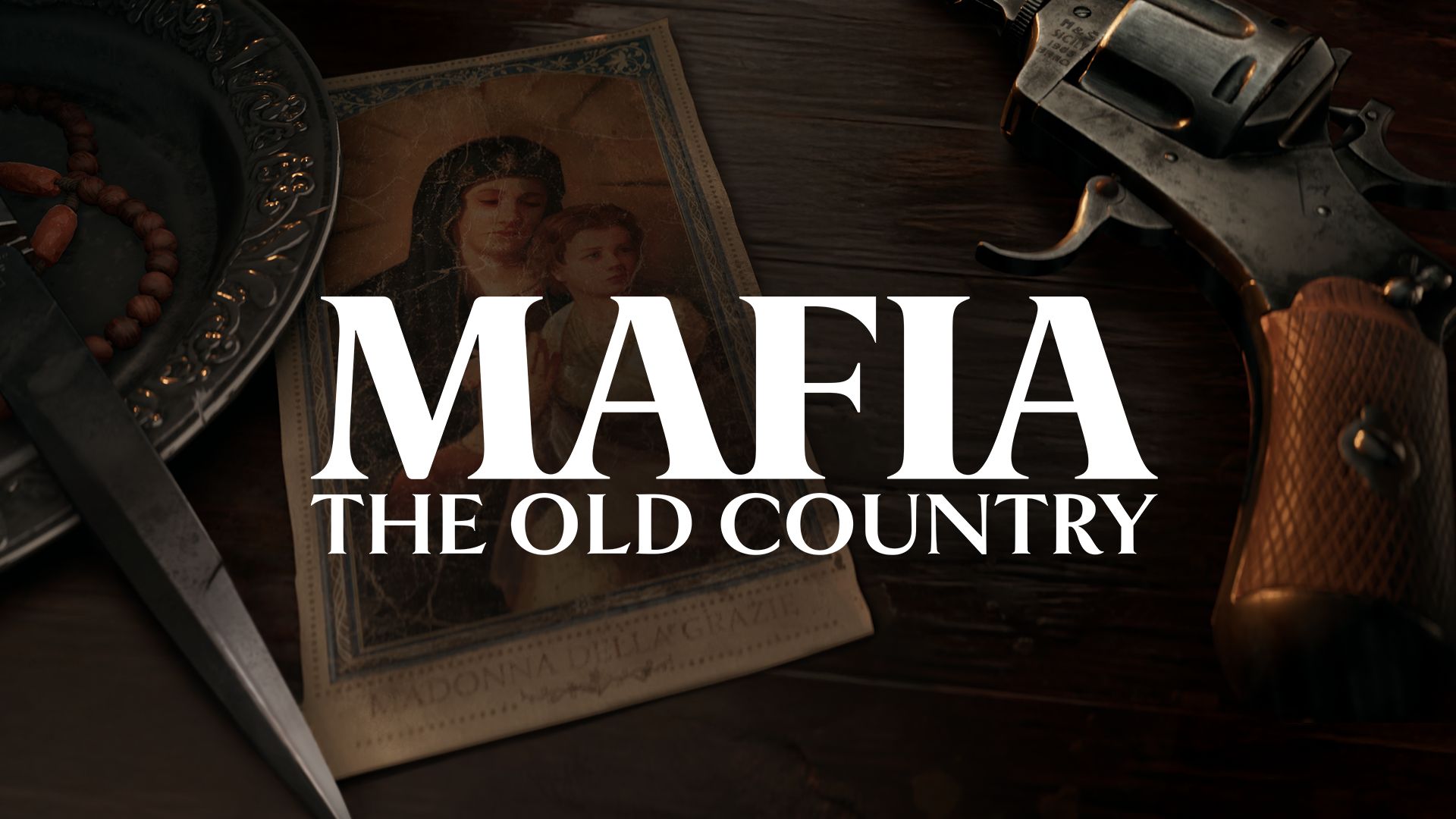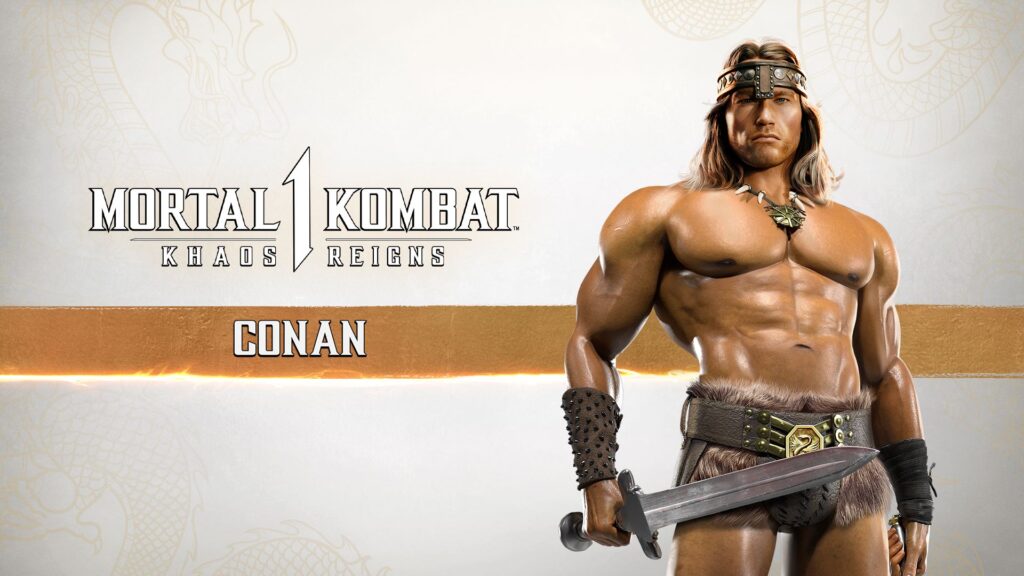How Mafia: The Old Country is Taking us Back to the Roots of Organized Crime
With the new trailer for Mafia: The Old Country that debuted during The Game Awards 2024, we’ve revealed our first look at the protagonist of this 1900s crime drama: Enzo Favara, an orphaned laborer given the rare opportunity to join the Torrisi crime family. By swearing an oath of loyalty to Don Torrisi, Enzo begins his descent into the brutal underworld of 1900s Sicily, where he’ll have to prove his worth through raw grit and determination.
Mafia: The Old Country is coming to Xbox Series X|S in Summer 2025 and is available to wish list now on the Microsoft Store. To share more about this new story in the acclaimed Mafia series, Game Director Alex Cox details what players can expect from this third-person, action-adventure set amidst the origins of organized crime.
What made the Hangar 13 team decide that 1900s Sicily was the best time and place to set the next title in the Mafia franchise?
Game Director Alex Cox: Every Mafia title aims to immerse players in an iconic period of organized crime history. Mafia: The Old Country is no different, even though we’ve changed continents and turned back the clock! With the first three games exploring distinctive eras of the American Mafia, we loved the idea of heading to Sicily and exploring the early years of this fearsome crime organization. The setting felt like a great opportunity to shake things up while perfectly complementing the cinematic vision of the franchise.
Developing Mafia: The Old Country has been a refreshing departure for the studio, with the rugged Sicilian countryside serving as a stark contrast to the bustling cities featured in our previous games. Building this story has been a great experience for everyone at Hangar 13—first learning about Sicilian history and the origins of the Mafia, then adapting that into an exciting criminal adventure. In particular, the setting has allowed us to introduce some fun new features, such as horses, knife duels, and vintage vehicles from the dawn of motoring (including hand-crank engines, of course!).

How have the Hangar 13 team attempted to recreate such an unusual, and previously unexplored, location and era with 1900s Sicily?
Cox: We wouldn’t have made this game unless we felt able to do justice to the setting, so the first thing we did was visit Sicily ourselves to absorb its sights and sounds and get a firsthand feel for the island and its culture. We’ve been working closely with Stormind Games, a Sicilian development studio that has provided invaluable guidance during our visits and throughout all our research.
We also consulted with experts in Sicilian history, who helped us infuse the game with all the period detail players expect from a Mafia title. From getting the brickwork just right, to selecting the perfect folk music, to choosing the juiciest Sicilian profanities, we’ve done everything we can to ensure a unique sense of place permeates every moment of the experience.
What types of unique challenges did you encounter by setting Mafia: The Old Country in 1900s Sicily? Has it been hard to ensure that authentic period weapons and vehicles are still exciting for players used to more modern alternatives?
Cox: Our approach to 1900s weaponry has been to make combat more tactical and deliberate than in previous Mafia titles. Gunfights in Mafia: The Old Country are rarely about raw firepower; players will need to make the best use of whatever resources they have at hand. To deliver a hefty dose of period flavor, we’ve leaned heavily into the “tools of the trade” of a Sicilian Mafioso, from lupara shotguns to stiletto blades. There’s real grit to these older, more traditional weapons.
As for the modes of transportation, every game in the Mafia series has authentically recreated the vehicles of its era—but we’ve never had the player riding on horseback before! Galloping across the Sicilian countryside feels incredibly freeing and is unlike anything we’ve done in the past.
Meanwhile, the automobiles presented a fun challenge for the team. Capturing the feel of vehicles from the dawn of motoring means you won’t be hitting highway speeds on Sicily’s dirt roads, but it’s still thrilling to be behind the wheel of a getaway car as rival gangs give chase.

What’s been the most exciting part of going back this far in the Mafia timeline?
Cox: Exploring the roots of the Mafia has been genuinely fascinating, especially as this setting and time period are quite unique in video games. Iconic crime films and TV shows have given us a glimpse into Cosa Nostra’s early days, but this is our chance to make the criminal underworld of 1900s Sicily playable, which is incredibly exciting.
Because this story takes place before the events of the other Mafia games, we’ve been able to create a new entry point to the franchise narrative while still tying in with characters and events from later in the timeline. You absolutely don’t need to have played the other Mafia games to appreciate this story, as the main cast is entirely new—but fans of the series will get a kick out of how Mafia: The Old Country connects to the rest.
Considering that roughly five years will have passed since the release of Mafia: Definitive Edition, how did the team tackle continuing the series’ tradition of immersive cinematic storytelling?
Cox: Our cinematic storytelling is only made possible thanks to our incredible, Hollywood-caliber cast. Every Mafia game has been blessed with top-quality acting talent, but I honestly feel that Mafia: The Old Country features our strongest performances to date. As with previous Mafia titles, we’ve used state-of-the-art motion capture technology to convey every nuance and emotion our cast brings to the stage.
We’ve also switched to Unreal Engine 5 for the development of Mafia: The Old Country, which has allowed for an even higher level of visual fidelity than previous Mafia titles. Our environments and characters are more lifelike and believable than ever before. We’re doing everything we can to make our story completely immersive, whether through seamlessly transitioning into cinematics or allowing the player to explore highly detailed narrative scenes during gameplay.

How did the team ensure that Mafia: The Old Country‘s interpretation of Sicily not only continued, but contributed to the legacy of their previous takes on iconic locations like New York, Chicago, and New Orleans?
Cox: What made our renderings of Lost Heaven, Empire Bay, and New Bordeaux successful was the studio’s commitment to authenticity and attention to detail, which enabled players to truly inhabit those locations and immerse themselves in bygone eras. In much the same way, the team’s first priority when developing Mafia: The Old Country was to make Sicily herself feel like a character central to the story. This time, working in Unreal Engine 5, we’ve been able to make Sicily even more visually impressive than the locations we built before.
What other types of unique challenges might players expect to face in Mafia: The Old Country? Are there any other elements unique to The Old Country that players haven’t encountered in previous Mafia titles?
Cox: Exploring a beautifully realized interpretation of 1900s Sicily—from citrus farms and vineyards to the stunning hilltop town of San Celeste and the rolling countryside in between—has been core to our vision for Mafia: The Old Country since day one. It’s hard to overstate the impact our new setting has had on the experience, even when it’s all still rooted in that classic Mafia gameplay.
Mafia: The Old Country is coming to Xbox Series X|S in Summer 2025 and is available to wish list now on the Microsoft Store.
Mafia: The Old Country
2K
The post How Mafia: The Old Country is Taking us Back to the Roots of Organized Crime appeared first on Xbox Wire.














 English (US)
English (US)